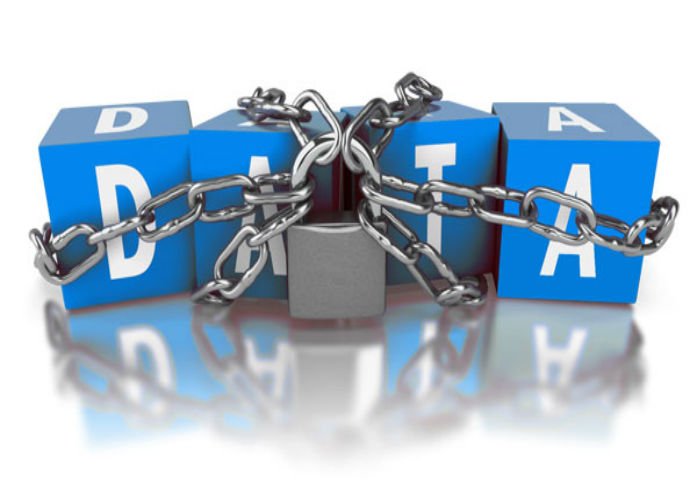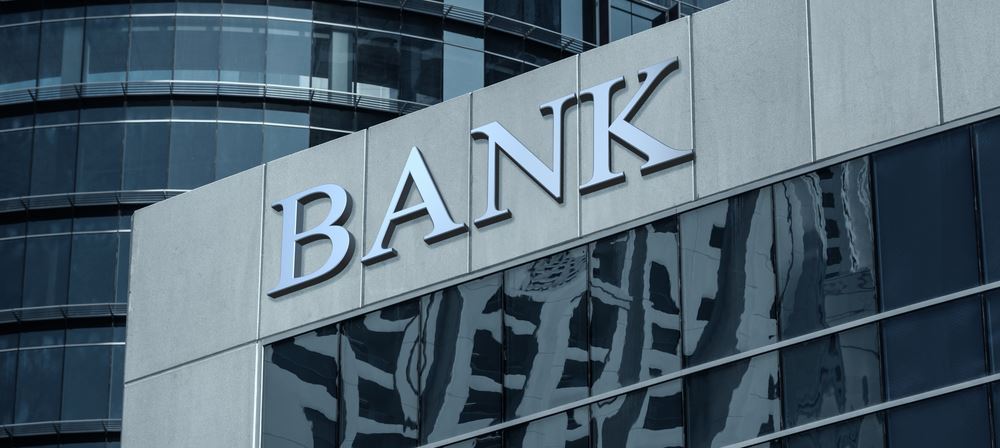Your organization’s resources are Targeted: Level up the attacker’s playing field and reduce the aftermath

Organisations in the digital ecosystem spend millions trying to establish controls around their corporate networks from data breaches. This to a great extent does not phase away from the fact that breaches still occur even to the most secure infrastructures. Taking a look at the incidents in the past, high profile breaches target giant firms such as Solar Winds, Marriot, Fastly, Colonial Pipeline, Electronic Arts (E.A) and so many others whose sensitive information was stolen and had major economic and security-related impact alongside reputational risks.
Ransomware is on the rise targeting most SMEs (small and medium businesses) and worrisomely supply chain security weaknesses are witnessed in most security breaches.
Malicious attackers with little failure infiltrate email servers, file servers, core systems to organizations through unknown/unpatched vulnerabilities and open doors to tones of confidential data. This is Data are the sensitive records that giant companies like Marriot, Microsoft and government entities among others collect from their customers and citizens. Such data always include email addresses, passwords, social security numbers etc.
Why data breaches when organizations invest heavily in network security?
It’s not clear why systems for organizations that have set aside security budgets and adequate controls are still compromised. Is it a question of limited resources in some organizations, could it be a question of the skills gap in cybersecurity or expertise and or inadequate budgets in some organizations?
Most enterprises experience data breaches due to the factors stated above. But whilst these factors could be true and certainly play a part, the key issue is most organizations don’t understand the gravity of this matter and do not take in mind to locate where the weaknesses are in their threat surface until systems are compromised. It is at this point that organizations wake up and invest heavily in identifying the cause of the breach. By the time they do this, it is too late and hard to prevent the aftermath of the breach or reduce the impact.
Cyber attackers have an edge where they look for every possible opportunity availed to them just to succeed once into the corporate network and have access to the sensitive information and as for the security teams and network, defenders need to succeed every time. As the digital ecosystem is scaling every time, so are adversaries who have now found it easy to use automated& AI-driven tools to profile the security landscape of the target systems and penetrate and attack corporate networks with ease.
Levelling the playing field for attackers

With increasing cyber incidents, organization security teams face a couple of challenges from social engineering attempts, Advanced persistent threats (APT), Ransomware attacks Unpatched systems, supply chain risks among other cyber challenges. The companies’ threat landscape requires constant vigilance. Organizations must keep up and illustrate the best practices and training, and ensure their teams are well-staffed to detect and respond to attacks on the ever-increasing attack surface.
To this end, organizations should do the following to level the playing field against threat actors who work tirelessly towards compromising the safety and security of your company’s IT infrastructure and data;
Train/Educate and prepare your entire organization.
With the ever-evolving threat landscape, organizations should find it necessary to create a strong security culture starting with training staff with basic security knowledge on how to identify, predict, and protect company information security systems.
In addition to taking preventative technical steps such as utilizing offline encrypted backups, restricting user permissions, and restricting privileges. Network security leaders should educate and prepare the organization’s staff to serve as ambassadors for cyber safety in their organization.
To that end, employees at all levels should be educated in the basics of cyber safety. Train them on the most common types of cyber threats (malware, phishing, ransomware, and man-in-the-middle attacks) as well as some of the basic terms applicable to network security. Forexample, the meaning and significance of endpoint security and your organization’s firewall.
In educating your team, remember that practice is also important. Take time to conduct role-plays that test your employees’ proficiency with completing due diligence before opening an email, clicking a link, or sending sensitive or financial information in an email is an investment that can pay untold dividends in protecting your organization against a cyber-attack—and the business interruptions, legal risks, and reputational harms they often provoke.
Empower your Incident Response Team
During an attack, the incident response team should be well equipped and knowledgeable about cybersafety and prepared to respond. The response team should be proactive and provide top management with a strategy to mitigate attacks. The team files incident reports that top management benchmarks to make ongoing decisions on enforcing a security culture.
The response team guides the organization’s corporate board in assessing and responding to a breach. This team should include professionals with authority and expertise in IT, operations, human resources, and internal and external communications. This team must act quickly to limit the scope of the attack and assess any damage or ongoing risk. To assist with doing so, the response team should also include legal counsel. Synergy with a legal professional will streamline the process of crafting internal and external communications about the suspected incident, managing law enforcement and governmental reporting where necessary, and conducting an internal investigation of the occurrence to preserve your organization’s attorney-client privilege and work-product protection where appropriate.
Automating security practices.
Much as attackers also automate their reconnaissance and target risk profiling to better understand the target and the weaknesses. Automation could also likely be a big part of the solution. Regardless of the industry or application, automating tasks allows businesses to concentrate on more productive problem-solving network defending activities. Additionally, these problem-solving activities foster innovation and can lead to a more resilient cybersecurity organization.
Most cybersecurity products designed to automate threat detection, threat identification and risk profiling processes are widespread. Most organisations have already implemented automation tools somewhere within their organization. Automation enables organisations to be proactive about improving their cyber resilience rather than being a gold mine for attackers.
Automated penetration testing is a great example. Focused on the inside threat, automated penetration-testing platforms mimic the hacker’s attack. These tools “deliver” a pentest by using either an agent or a virtual machine that simulates an external attacker. The tools perform reconnaissance on the organization’s environment and publicly-facing applications. Reports from automated tools together with proposed remediations are produced, and all are a step ahead of incoming attacks.
The sophisticated nature of attacks nowadays makes it almost impossible for organizations to secure themselves from targeted attacks. Security teams face the challenge of effectively managing millions of alerts or notifications generated on their end-points or detection systems.
Conclusion
To this end, organizations should consider automating business security processes and integrating them in business operations. This will reduce the likelihood of intrusion towards critical resources. You also be mindful of adopting cybersecurity in your business processes. You are a target at any time.






Responses